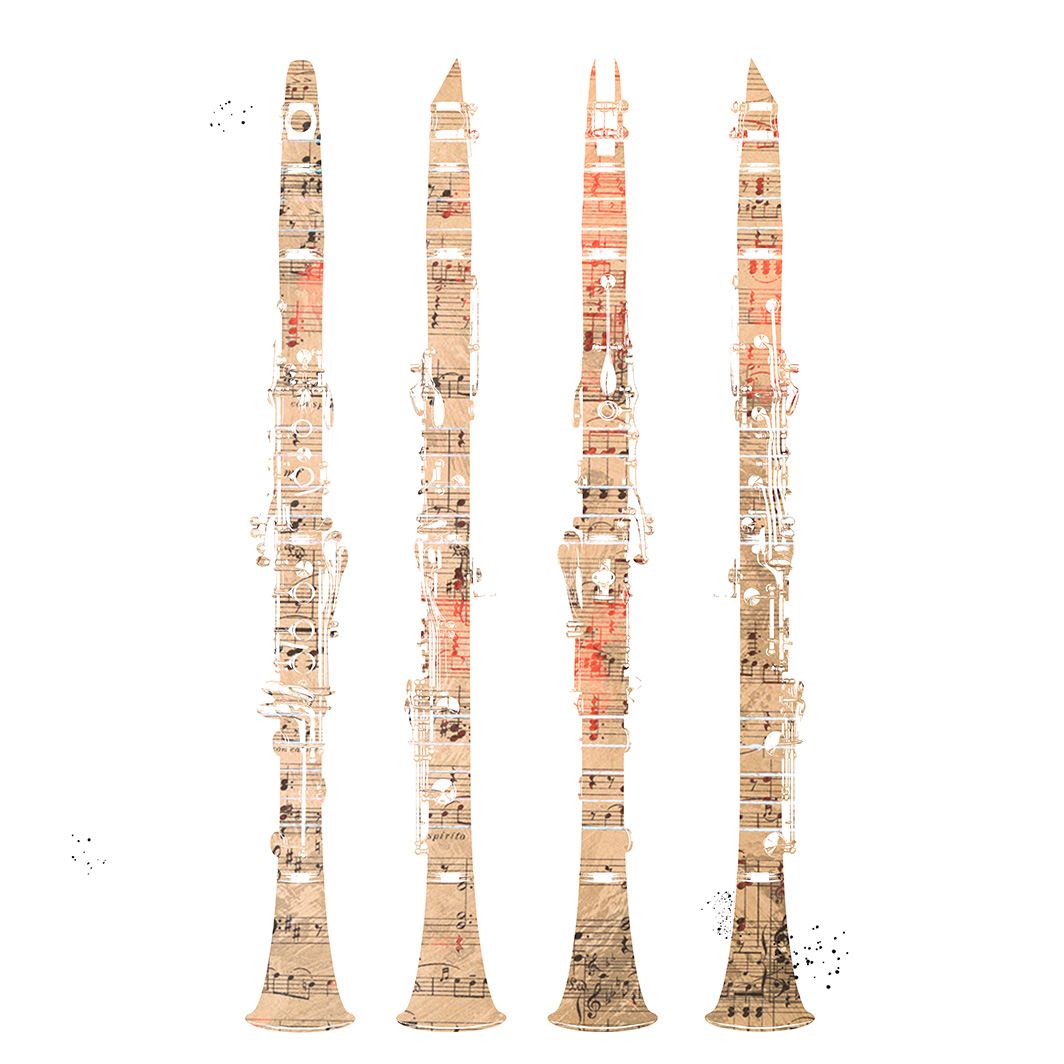Mozart’s sublime Concerto for Clarinet and the second symphony of Brahms create an evening of music sure to please.
Quin Mason describes his piece Immerse as “a study in texture and the blending/timbral qualities.” This is achieved via a chorale that moves through different sections of the orchestra, with each lending its particular colors and sounds to the music. Although a younger composer, Mason’s music has already been performed by major orchestras including the San Francisco Symphony, Minnesota Orchestra, National Symphony Orchestra, Seattle Symphony, Dallas Symphony Orchestra, Detroit Symphony Orchestra, and others.
When compared to string instruments, the clarinet was a fairly young and recent addition to the orchestra in Mozart’s time. And he was completely taken by its unique characteristics. His clarinet concerto was completed in 1791 for his friend and virtuoso Anton Stadler. Stepping into the role of the soloist is GSO principal clarinet, Justin Stanley.
The public had waited for nearly 20 years to hear the first symphony of Johannes Brahms. And after its successful premiere, his second took only four months to compose. But no one was a bigger critic of Brahms’ music than the composer himself. Somewhat jokingly he once wrote, “Whether I have a pretty symphony I don’t know; I must ask clever people some time.” Regardless of his opinion towards his music, Brahms’ second symphony is quintessential in terms of tone, style, and characteristics of the composer.



